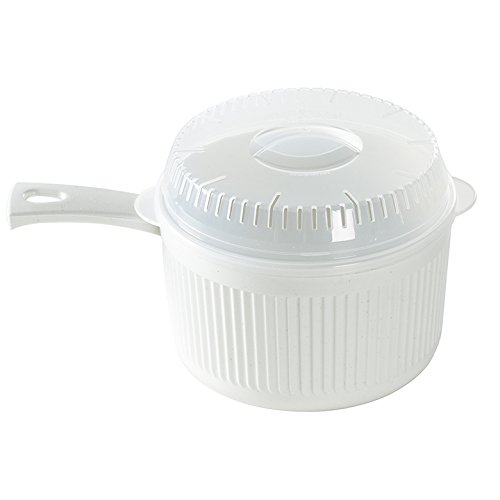How can we make travel bags better?
In the past few years, we’ve seen several significant shifts in the way Americans approach and experience airline travel. Low-cost point-to-point airlines are more commonplace, personal electronics devices have proliferated, oil prices have spiked, and security measures have heightened—among a multitude of other trends. Each development has brought about new policies and procedures employed by airlines, airports, and passengers, resulting in an experience that may seem highly foreign for a traveler from even twenty years ago. Everyone is now a terrorist who hides explosives in his laptop, belt, and shoes—unless you’re under 12 years old, in which case apparently shoe-based weapons have been ruled out as a possibility.
The common travel bag, on the other hand, has not seen change commensurate with the rapid evolution of the travel process. The last time bags got a significant upgrade was when the wheel was invented implemented.
My Goal: Design a travel bag that better suits the size and portability needs of the modern tourist.
At first glance, the above trends have the following primary direct implications:
- Shorter trips, which call for lighter luggage loads, are more commonplace
- Travelers often tote laptops, which need to be inspected separately by security
- It is now commonplace for airlines to charge additional fees for checked luggage because “high oil prices”
And the following primary indirect implications:
- Much higher percentage of passengers with two carry-on bags and zero checked bags
- Longer lines at multiple stages of boarding process
Here’s a Journey Map of what it’s like to fly these days.
- Home. I am packing clothes for my trip. I have some idea of how much I will need to pack, constrained by how many days my trip will last. I am explicitly limited by the physical capacity of my luggage. Generally, if an additional article of clothing will fit inside my bag, I will pack it. If it doesn’t fit, I’ll ask mom to come help me fold and fit everything better.
- Transit to the airport. In Boston, the cab costs an unfathomable $40. I take public transit which costs about 45 minutes.
- I get to the airport, which has a bunch of smaller steps. These could arguably be bundled together into “hate myself,” but for the sake of comprehensiveness:
- Arrive, wait in queue, and get boarding pass.
- Check larger luggage (if applicable).
- Queue for TSA and metal detectors.
- Arrive at gate, wait for boarding.
- Board the plane, queue to reach my specific seat. Store carry-on luggage in overhead compartment or beneath seat.
- Disembark, collecting luggage from overhead bins.
- Leave airport, commute to final destination.
I’d consider four parties to be the primary players in the travel bag & airplane boarding process: The traveler, the luggage maker, the airport/security team, and the airline. They each have different objectives and relationships with the travel bag. Generally, I think a luggage maker might only design a bag to meet the needs of me, the traveler. An intelligently-designed travel bag, however, would make life better for everyone. (Isn’t that a generous thing for a travel bag to want to do?)
Problem Reframe: Can we design a Travel Bag that better suits the needs of all parties in the travel journey map—including not just travelers, but airlines, airports, and manufacturers, too?
Part II tomorrow with a few more pictures.













